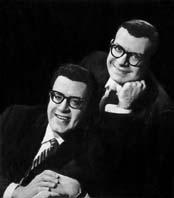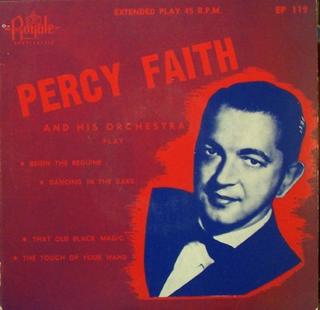"Twelfth Street Rag" and "Sheik of Araby," 1948-style

For the moment, box.net is go! I've discovered that, if I migrate at the rate of one file per upload, all is well. Let's hope it remains so. Slow is better than grounded, any day.
Euday L. Bowman's 1914 Twelfth Street Rag was memorably recorded by Ted Lewis in 1923 Frankie Carle in 1940, and Pee Wee Hunt in 1948. Hunt's version, a huge hit, was rendered in a fake-Twenties style very familiar to late-1940s listeners, thanks in part to musical pranksters like Spike Jones and the Hoosier Hot Shots. When retro becomes retro, drastic measures are called for. And drastic meter changes. Which might explain Morton Gould's own 1948 rendition of the rag, which veers between wild and wilder in its approach.
http://box.net/public/lee/files/328643.html Twelfth Street Rag, Morton Gould and His Orchestra, 1948 (from the Columbia EP set Do You Remember?)
From the same set, we have Morton Gould's comparatively subdued but still lavish treatment of the 1921 hit, The Sheik of Araby. The arrangement features some highly Exotica moments that settle into quieter, subtler grooves. Not for the thrill-seeking listener, therefore, but it's a fine, mellow chart from a master orchestrator to whom the most elegant kind of easy came easily.
http://box.net/public/lee/files/337320.html The Sheik of Araby, Morton Gould and His Orchestra, 1948 (from same EP set as above). No Club-Royal-style slide whistle in this arrangement!
Please save, rather than open, files for best results. Thanks!
Lee





